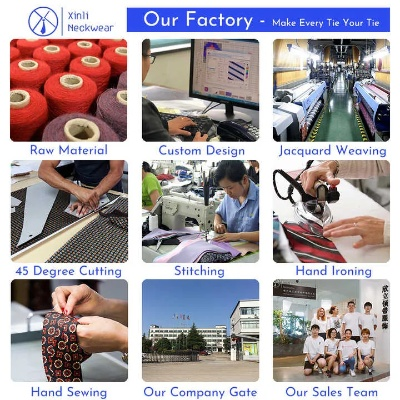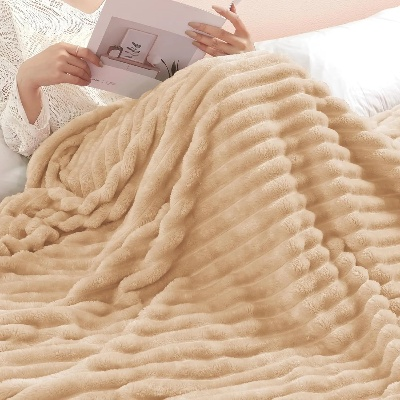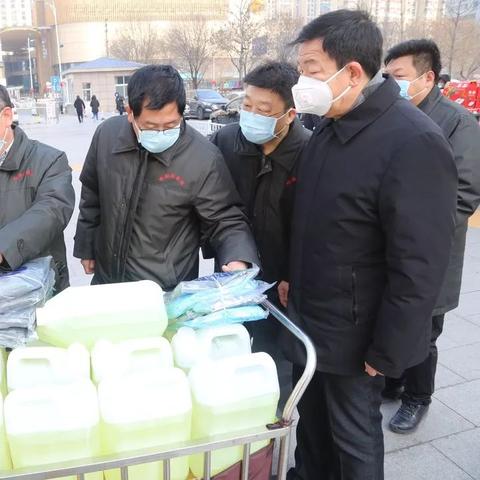The Essential Qualities of Medical Textiles:A Comprehensive Guide
: The Essential Qualities of Medical Textiles: A Comprehensive Guide,Abstract:,Medical textiles play a crucial role in patient care and comfort during medical procedures. This comprehensive guide outlines the essential qualities of these textiles, including material selection, durability, sterilization capabilities, and user-friendly design. It provides insights into the latest advancements, such as antimicrobial properties and moisture management, to enhance patient outcomes and reduce the risk of infection. By understanding and implementing the recommended qualities in medical textiles, healthcare professionals can ensure optimal patient care while promoting a safe work environment for themselves.
Introduction to Medical Textiles In the medical industry, textiles play a crucial role in providing comfort, hygiene, and safety for patients. From hospital gowns to surgical masks, from wound dressings to rehabilitation garments, these materials must not only be functional but also meet specific quality standards for optimal patient outcomes. In this guide, we will delve into the key aspects of medical textiles, including their performance specifications, testing methods, and examples of successful applications in healthcare settings.

Performance Specifications Medical textiles are designed to meet a range of performance criteria that ensure safety, efficacy, and comfort for patients and healthcare workers alike. These include:
-
Durability: Medical textiles must withstand repeated use, washing, and handling without losing their structural integrity or causing any adverse reactions to the skin or patient's health.
-
Material Safety: They should be free from known hazardous substances such as heavy metals, toxic chemicals, and flame retardants, ensuring they do not cause skin irritation or chemical burns.
-
Water Absorption: Medical textiles need to absorb excess moisture effectively to prevent bacterial growth and promote faster drying, especially in situations like surgical gowns and wound care products.
-
Bacterial Sterilization: Certain textiles need to undergo sterilization processes to kill bacteria before use, which can involve heat, UV radiation, or other sterilization methods.
-
Air Permeability: For respiratory equipment and masks, textiles need to allow air to pass through while preventing dust and allergens from entering the wearer's body.
-
Heat Stability: Medical textiles need to withstand high temperatures generated by heating devices used during surgery and patient transport.
-
Colorfastness: The color of medical textiles should remain consistent even after prolonged exposure to various environments and cleaning agents, ensuring a professional appearance.
Testing Methods To ensure these qualities are met, medical textiles undergo rigorous testing at various stages of production and post-marketing surveillance. Testing includes:
- Dyeing & Printing Testing: To check for color fastness, bleeding, and other issues related to dyeing and printing processes.
- Static Discharge Testing: To ensure fabric is non-flammable and does not release harmful chemicals during laundering or use.
- Chemical Resistance Testing: To measure how well textiles resist various chemicals and biological agents.
- Stain Resistance Testing: To assess how easily stains can spread on fabrics and how quickly they can be removed.
- Moisture Management Testing: To determine how effectively textiles dry when wet.
- Pressure Sensitivity Testing: To evaluate how sensitive fabrics are to pressure, particularly important when considering surgical gowns.
Examples of Successful Applications The application of medical textiles in healthcare settings is vast and varied, highlighting the importance of these materials in patient care. Some notable examples include:
- Hospital Gowns: Provided with antimicrobial treatments to reduce the risk of infection transmission.
- Wound Clothing: Designed to protect wounds from dirt, germs, and other foreign bodies.
- Medical Masks: Offering protection against droplets, aerosols, and particles while allowing breathability.
- Respiratory Equipment: Ensuring that filters and filters are clean and effective, reducing contamination of airways.
Conclusion Medical textiles are critical components of modern healthcare, serving as both a means of personal protection for patients and a tool for disease prevention. By understanding the essential quality requirements, manufacturers can ensure their products deliver the best possible performance for the benefit of patients and healthcare workers alike. With continuous innovation and advancements in materials science, we can expect further improvements to enhance the safety, efficacy, and comfort of medical textiles, paving the way for even more advanced healthcare solutions in the future.
医用纺织品作为医疗领域的重要辅助材料,其质量直接关系到患者的安全和治疗效果,本文将围绕医用纺织品的质量要求展开讨论,并通过案例分析进一步说明。
医用纺织品的质量要求
材料选择
(1) 选用优质纤维材料,确保纺织品具有良好的吸湿性、透气性和耐用性。
(2) 符合国家相关标准和行业标准,确保产品符合国家质量安全要求。

工艺流程
(1) 严格遵循生产工艺流程,确保纺织品从原料到成品全过程可控。
(2) 确保生产过程中的卫生标准,防止污染和交叉感染。
性能指标
(1) 强度:满足医用纺织品在不同使用场景下的强度要求。
(2) 耐磨性:确保纺织品在使用过程中具有较高的耐磨性能。
(3) 环保性:符合国家环保标准,无毒无害。
安全认证
(1) 通过相关质量安全认证,确保产品符合国家质量安全要求。
案例分析
某医院使用的医用纺织品案例
某医院采购了一批医用纺织品,包括床单、毛巾、口罩等,该医院在采购过程中严格把关,选择了优质纤维材料,并遵循生产工艺流程,在生产过程中,该医院注重卫生标准,防止污染和交叉感染,最终产品通过了相关质量安全认证,满足了强度、耐磨性和环保性等多项性能指标要求,该医院使用该医用纺织品后,得到了患者和医务人员的广泛好评。
医用纺织品质量问题的改进措施
针对医用纺织品在使用过程中出现的质量问题,该医院采取了以下改进措施:加强原材料质量控制,选用优质纤维材料;优化生产工艺流程,提高生产过程的可控性;加强生产过程中的卫生管理,防止污染和交叉感染;加强质量安全监管,确保产品符合国家质量安全要求,通过这些措施的实施,该医院提高了医用纺织品的品质和可靠性,得到了患者和医务人员的信任和好评。
医用纺织品的质量要求是保证医疗安全和治疗效果的重要保障,在选购、生产和使用过程中,必须严格遵守相关标准和行业标准,确保产品质量符合国家质量安全要求,医院还需要加强质量安全监管,提高产品质量和可靠性,通过案例分析可以看出,只有严格遵守质量要求、注重卫生标准、加强质量安全监管等措施,才能提高医用纺织品的品质和可靠性,保障医疗安全和治疗效果。
Articles related to the knowledge points of this article:
The Story of Wuxi Yingfeng Textiles
The Industry Landscape of Textile Packaging:A Comprehensive Overview



